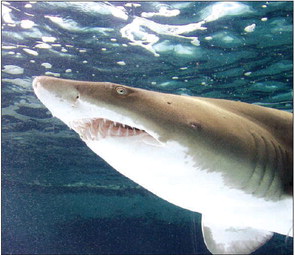Outside exhibits are now open


AQUARIUM OF THE PACIFIC
Sharks and rays have been on the planet since before the time of dinosaurs. Since then, they have continued to play an important role in maintaining ocean health.
You can visit, learn about and touch sharks and rays at the Aquarium’s outdoor areas with advance reservations and with safety protocols in place, including required facial coverings (ages 2 and up), temperature checks, timed entries, plentiful hand sanitizing stations and more.
The Aquarium’s Shark Lagoon, Ray Touchpool and other outdoor exhibits have a $12 admission per person (indoor exhibits are currently closed through July 24).
Visitors can get up close to sharks and rays in Shark Lagoon, including smaller sharks and rays they can touch in the touch pools and bigger sharks and rays that are on view in the large Shark Lagoon exhibit, including a sand tiger shark, zebra shark, and a massive 300-pound reticulate whipray. The Aquarium’s Ray Touchpool on the California Terrace features bat rays.
The Aquarium of the Pacific is located at 100 Aquarium Way, Long Beach.
With many kids and adults staying at home, the Aquarium offers an Online Academy with daily live and on-demand content. In addition to daily live classes, exhibit webcams and other fun and educational content, the Aquarium is offering its Guest Speaker Series. You can visit the Aquarium’s website or follow its social media channels for live feeds and updates.
A schedule and links to these resources can be found on the Aquarium’s Online Academy webpage.
The Aquarium is home to more than 12,000 animals, Aquarium exhibits include Pacific Visions, the Molina Animal Care Center, and the new Coral Reefs: Nature’s Underwater Cities exhibition.
Visit the Aquarium’s website for the online academy and other educational features, the latest information on programs and displays, and to make reservations at aquariumofpacific.org or call (562) 590-3100.
The Aquarium is the fourth most-attended aquarium in the nation. It displays 12,000 animals and more than 100 exhibits that celebrate the planet’s largest and most diverse body of water, the Pacific Ocean, the Northern Pacific, the temperate Southern California/Baja region, and the warm coral reefs and lagoons of the Tropical Pacific.



